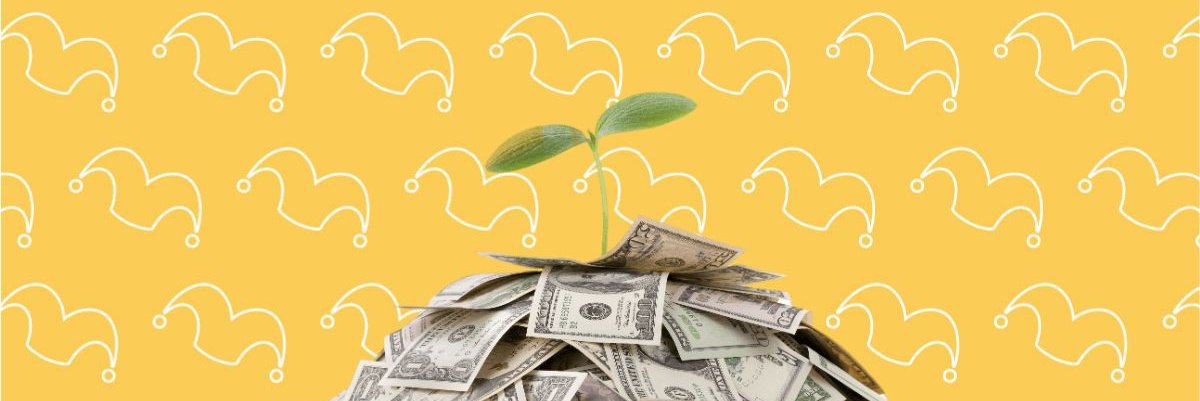If You Put $10,000 in a High-Yield Savings Account One Year Ago, Here's How Much You'd Have Today
KEY POINTS
- True passive income generally requires already having money you can put to work for you, via investing or a savings account of some kind.
- If you'd earned 5.00% APY on $10,000 in savings over a year, you'd have more than $500 extra today.
- It's not too late to get in on the action -- accounts paying more than 4.00% are still available.
The whole notion of "passive income" is a fraught one, because in most cases, you must have money to start with to generate more without the effort of working for it. The ways to truly earn money while you sleep are through investing in stocks, bonds, certificates of deposit, and savings accounts.
High-yield savings accounts (HYSAs) in particular are great for earning passive income -- they are accessible to anyone and require no expertise to profit. According to research from The Motley Fool Motley Fool Money, just 34% of us have a savings account paying more than 4.00% APY -- and millennials (my generation), are most likely to have one.
Don't feel bad if you didn't realize you could earn this much from a simple savings account -- all that matters is that you know it now and can act. Let's engage in a little thought experiment and some fun math. If you'd opened a HYSA a year ago, here's a look at how much money you could've earned on a balance of $10,000.
How much interest did you earn?
Let's take a trip into the distant past (OK, not so distant) to explore bank account options. In July 2023, the highest-paying savings account on Motley Fool Money's radar was paying 4.95% APY, and today that same account is paying 5.00% APY, so that's not such a huge jump.
According to the FDIC, the average interest rate on a savings account was 0.42% at that time; right now, it's 0.45%. So while rates have gone up slightly across the board, it's not likely that your savings' rate over a year would have swung wildly.
Now that we know there wasn't a huge difference in rates over the last year, we can look at a few real numbers.
Here's a table showing how much you would have made over the last year in accounts paying a few common average APYs on the best HYSAs right now, along with that current average rate. Oh, and just for fun, the money you could've expected to earn on a savings account with a traditional brick-and-mortar bank:
| APY | Interest earned in a year | Total balance after that year |
|---|---|---|
| 0.01% (big bank) | $1.00 | $10,001.00 |
| 0.45% (current average) | $45.10 | $10,045.10 |
| 4.00% | $408.08 | $10,408.08 |
| 4.50% | $460.25 | $10,460.25 |
| 5.00% | $512.67 | $10,512.67 |
So depending on your bank's rate, you had the opportunity to earn anywhere from a buck on your $10,000 all the way up to more than $500. Which sounds better to you?
It's not too late to get a great rate
It feels to me as if the last year just flew by, and you might be kicking yourself now that you've learned you missed out on a decent amount of interest. Don't -- it's not productive to regret the past, it's better to put your energy into improving the future. And thankfully, you're not out of luck for opening a great HYSA.
The federal funds rate is still higher than it's been in a while (but cuts are surely on the horizon), and as of this writing, you can still find HYSAs paying greater than 4.00% APY. Ride the higher interest train as long as you can, and put that $10,000 to work for you.
Our Research Expert




